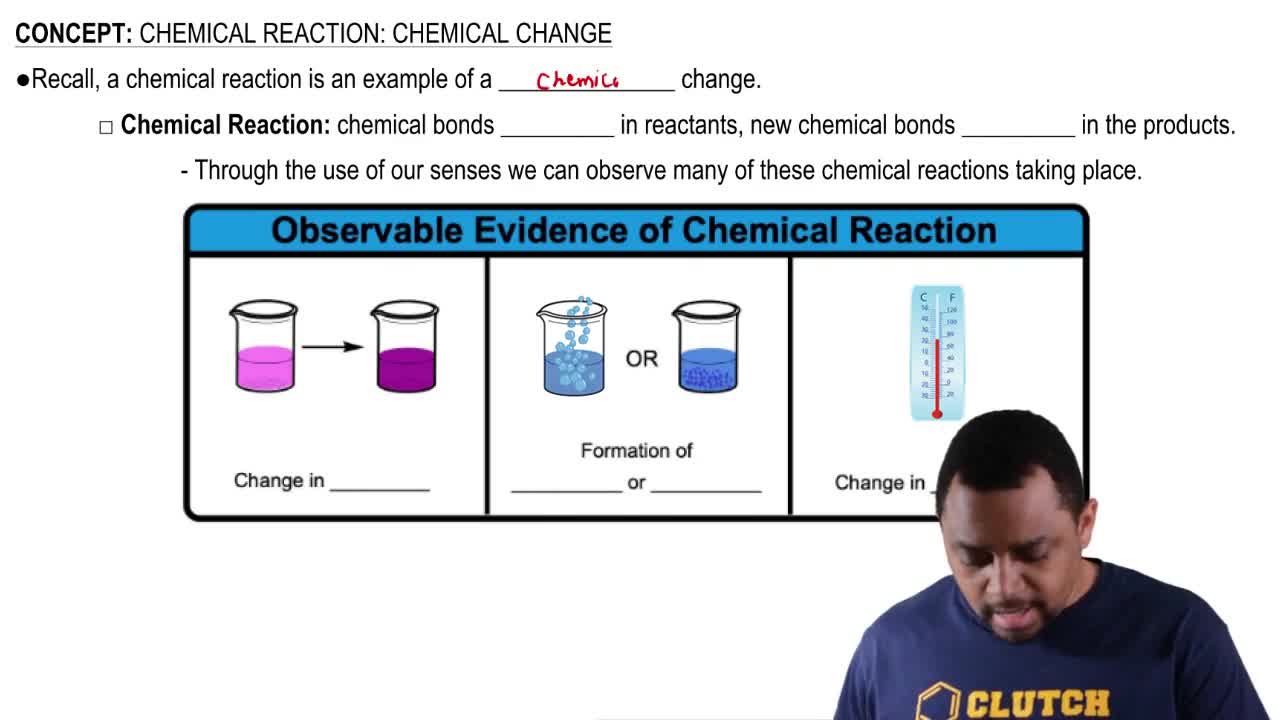Strontium-85, used for bone scans, has a half-life of 65 days.
b. How long will it take for the radiation level of strontium-85 to drop to one-eighth of its original level?
 Verified step by step guidance
Verified step by step guidance Verified video answer for a similar problem:
Verified video answer for a similar problem:



 2:09m
2:09mMaster Radioactive Half-Life Concept 1 with a bite sized video explanation from Jules
Start learning